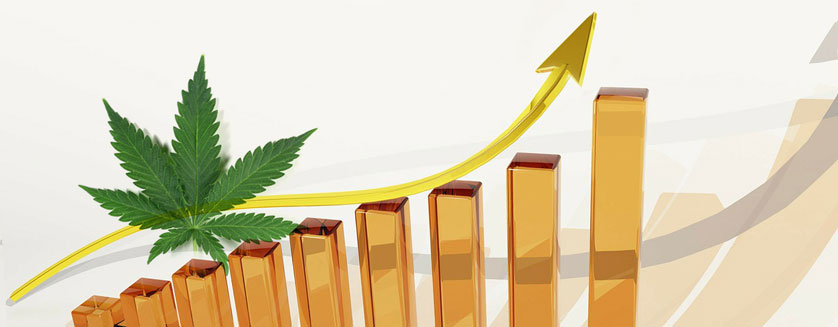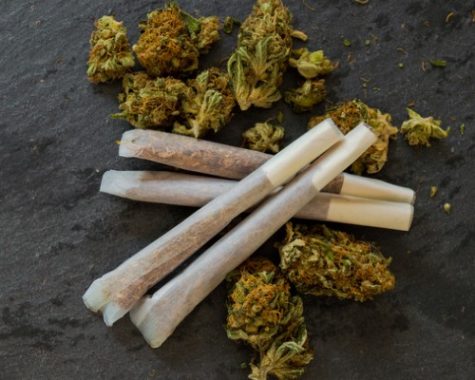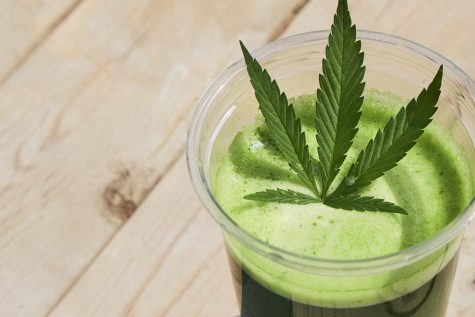Chart data reveals that Coronavirus has stimulated growth in U.S. recreational cannabis product sales
The world is undergoing rapid change among the virus outbreak that has left over 130,000 people dead and 1.4 million people currently battling the disease. SARS-Coronavirus (COVID-19) has triggered a global lockdown, disrupted supply chains and, interestingly, stimulated cannabis dispensary sales. It’s a surprising twist of events for the nascent legal weed industry in the United States, where residents have been forced into quarantine-style isolation regimes.
Although people are being requested to stay indoors and avoid social situations as a means of preventing the virus from spreading further, COVID-19 hasn’t left cannabis consumers scrambling for ways to top up their stash. Quite the opposite, actually, what with states like California, Colorado and Illinois offering curbside delivery and pick-up services for this type of “essential business”.
Cannabis consumer buying behavior seems to be changing amid the COVID-19 pandemic, which has affected more people in the U.S. than anywhere else in the world; the week ending March 16 saw a 64 percent increase in weekly average cannabis sales. While it might be too early to ascertain just how long the boost in sales will last, it’s safe to say that people don’t want to go without their weed during the COVID-19 scare.
Report on cannabis market share spotlights edibles as a winner
Despite a noticeable rise in demand for legal weed amid COVID-19, some segments of the market appear to be doing better than others. This is based on point-of-sale data from Seattle-based cannabis data intelligence firm Headset. A recent update on the market highlighted how, since March 13, market share for edibles have risen in the adult-use retail sectors spread across California, Colorado and Washington state. The date is significant, because it was during mid-March that the COVID-19 pandemic filtered into the mainstream.
While edibles sales climbed, pre-rolls dropped by around two percentage points in each state’s adult-use market. Another segment of the recreational cannabis market that sunk was topicals, which struggled to keep up in all three of the analyzed states. Chart data also revealed how concentrates rich in the psychoactive compound THC (tetrahydrocannabinol) – inclusive of wax and shatter – took a nosedive in California and Washington.
Cannabis market share was higher among non-combustible products
According to the analysts at Headset, market share fluctuated suddenly for each category of products. It’s likely that the virus prompted panic-buying and responsible consumer decisions; edibles don’t require combustion like concentrates do. Since the Coronavirus attacks the lungs, cannabis inhalation may not be the wisest option. Furthermore, the plant’s active cannabinoids can be consumed in individual doses when enjoyed in the form of edibles, whereas smoking, vaping or dabbing may require sharing of apparatus in social environments.
Specifically, edibles market share grew the most in California’s recreational cannabis market; climbing 3.3 percentage points through January and February. As a result of the change in consumer buying behavior amid the COVID-19 pandemic, edibles now constitute 14.9 percent of adult-use cannabis sales in California.
Market share of the vape segment soared in California and Washington state. Additionally, flower market share crept up in Colorado and Washington state. This data analysis shows that cannabis consumers are in preference of non-inhalable products as a means of protecting their health during the COVID-19 crisis. On the other hand, consumers are not opposed to vaping or smoking raw flower, either.










